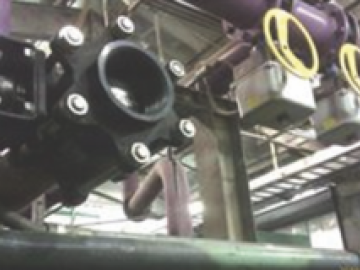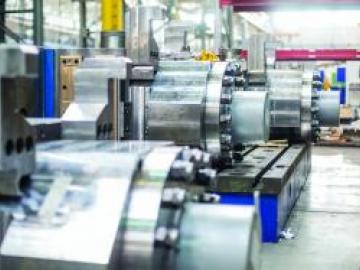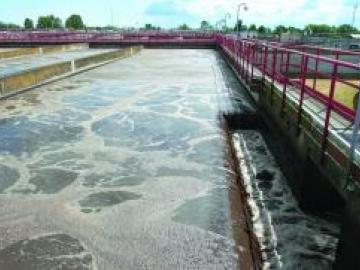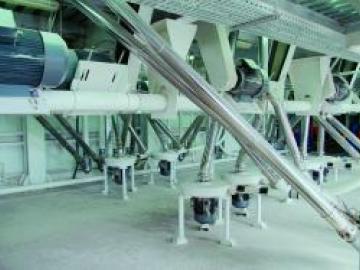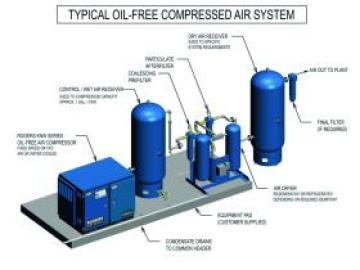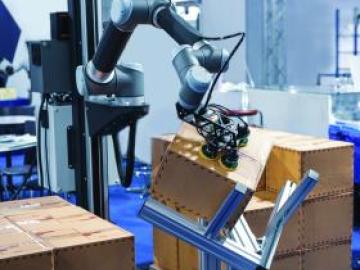Leveraging Rental Blowers for Pneumatic Conveying Applications
Pneumatic conveying applications are critical to many facilities – when you can’t move material you can’t make or sell your product. Because of a historical lack of availability of specialized rental blowers and air compressors for pneumatic conveying, plants often either accepted the production outage or rented a more readily available two-stage, oil-free rotary screw air compressor designed for 90 to 150 psig plant air service that is very inefficient at the reduced pressures needed for pneumatic conveying.
